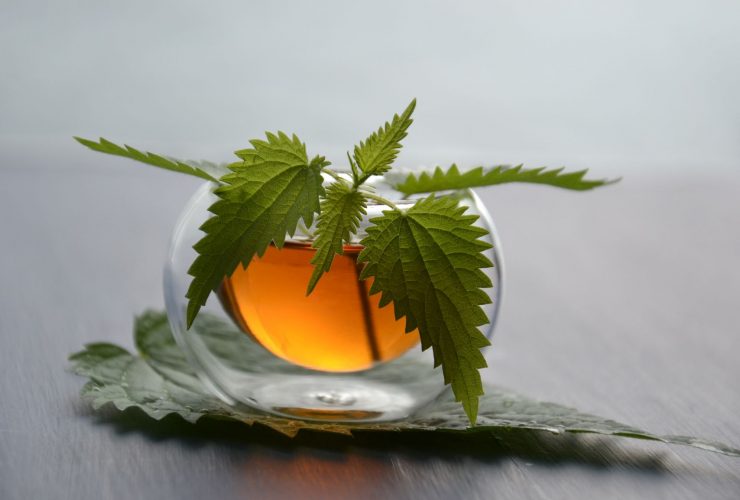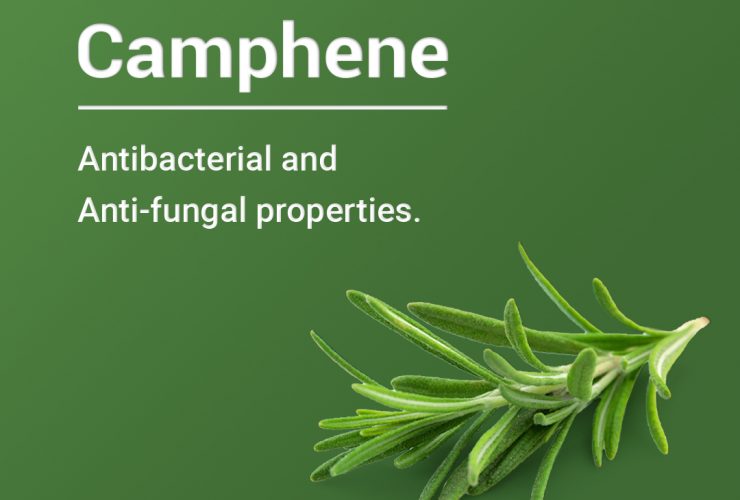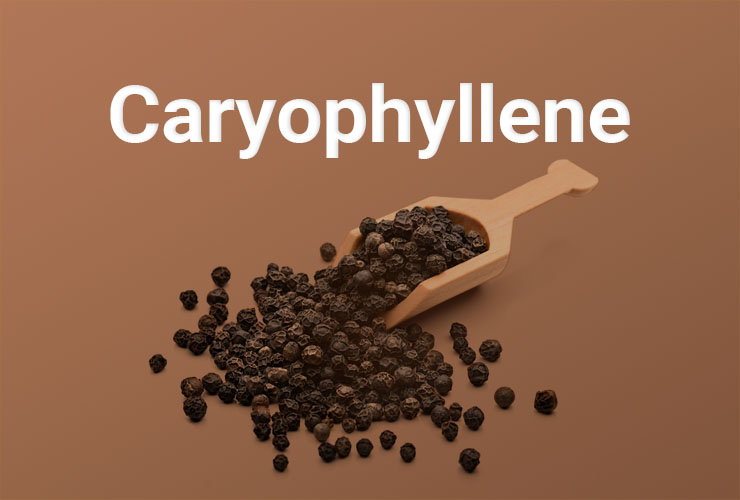Understanding Flavonoids

Written by
Learn more about Flavonoids in the Strainprint Community
The cannabis herb produces more than 400 chemical compounds—all of which manifest in different efficacy profiles depending on consumption avenue, including ingestion (edibles) and inhalation (smoke and vapor, each producing different molecular profiles).
The most noted and understood of these molecules are cannabinoids and terpenes. Cannabidiol (CBD) is a non-impairing cannabinoid that provides anti-inflammatory and analgesic (pain relieving) benefits. Tetrahydrocannabinol (THC) is the infamous psychoactive cannabinoid that fights pain and depression. Unfortunately, THC can also produce disorientation and even panic attacks—especially in larger doses and when consumed by inexperienced users.
Major terpenes include myrcene (the most common found in cannabis that acts as a sedative), limonene (an anti-inflammatory and anti-proliferative [anti-cancer] agent), pinene (an anti-inflammatory that is helpful for respiratory conditions), and linalool (an analgesic terpene that also relieves anxiety).
Within this cacophony of cannabis chemistry lurks the redheaded stepchild of herbal enhancement: Flavonoids. These molecules share many traits with terpenes, including their availability in thousands of plants and fungi other than cannabis. The flavonoids found exclusively in cannabis are called cannaflavins. Roughly 20 flavonoids are found within the cannabis genome (not all of which are exclusive to this herb that is also categorized as a vegetable).
To learn more about flavonoids, visit the Strainprint Community…


